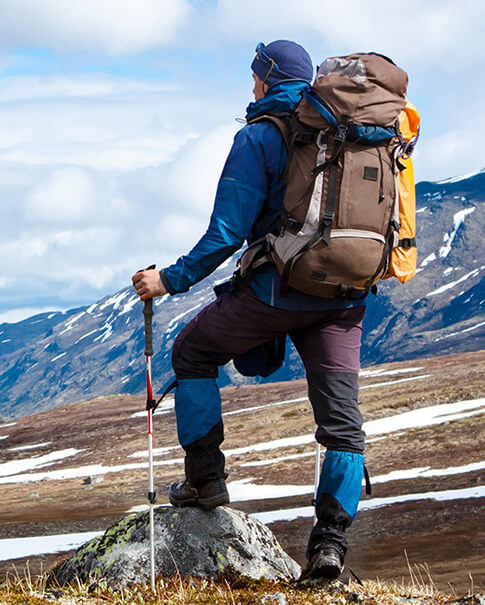-
Tel : +86 13606090903
-
Email : wendy@xmbag.com
-
Skype : wendyxiang123
Tel : +86 13606090903
Email : wendy@xmbag.com
Skype : wendyxiang123

Driving around in your car, you never know when you’ll happen upon a traffic accident. Or if you’ll be stuck in traffic. Or if you’ll be caught in the middle of a riot and surrounded by looters (okay, just kidding about this last one).
Still, you have a duty to be a responsible person while driving, which means you have to be prepared for medical emergencies encountered on the road.
But, at the same time, you can’t pack your vehicle with so much medical equipment that you have no room to squeeze into the driver’s seat. You can’t overload with medical supplies, expecting to quickly turn into Mad Max and be able to face the apocalypse.
In other words, don’t be that guy with the sign that reads “the end is near” and think you have to be prepared for everything.
You really don’t need all that much in your vehicle, assuming you’re in a functioning country that isn’t war-torn and where paramedics can quickly arrive at the scene. Just carry the trauma basics, the items that save lives— and let your country's laws and your own scope of practice guide your choices.
Generally, though, you can’t go wrong following the KISS method—KISS stands for “keep it simple, stupid.”
Here’s my list of medical essentials to keep in the car:
The basic trauma set up is a tourniquet kept on top of the bag. If your car has a pouch or a container attached to the interior side of the driver’s door, put these medical items there.
You also need to carry in your vehicle a first-aid kit that’s always at the ready. Not a bad idea, too, to have an empty gas can plus a couple of liters of bottled water along with duct tape and toilet paper (this last item just in case there’s another pandemic outbreak).
I also keep in my car some added stuff that comes handy.
For example, your car might break down in the middle of nowhere in the dead of a cold night. Having extra clothes and an emergency “space” blanket available can keep you warm until help arrives. Or, if you’re dealing with someone who has hypothermia, those items of clothing and the blanket could be lifesavers.